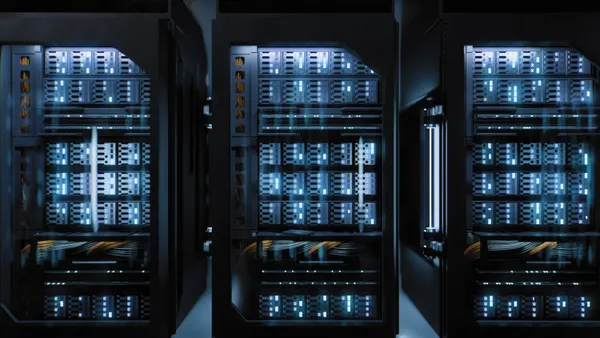The New York ISO will soon implement several changes to its scarcity pricing mechanism, bringing real-time price formation to demand response resources and potentially saving ratepayers millions of dollars.
The grid operator proposed last year – and the Federal Energy Regulatory Commission (FERC) recently approved – changes to its scarcity pricing mechanism due to fears the current ex post scarcity logic could cause “inconsistencies” between resource schedules and pricing outcomes, potentially raising prices. The practical value of the tariff change is more than $45 million annually back to the consumer, the ISO estimates. In simple terms, the change will move some price formation into real-time rather than developing scarcity pricing based around an assessment of dispatch decisions.
“Under the current, ex post logic, the NYISO may adjust real-time energy prices, after resource schedules have already been established,” the grid operator explained in its filing last year. “This ex post methodology, however, has the potential to cause inconsistencies between resource schedules and pricing outcomes. Such inconsistencies could result in the potential for uplift costs.”
ISO officials say the changes were initially suggested by stakeholders during discussions over how to reflect demand response activations into the market pricing outcomes. The grid operator reviewed the proposals, evaluated the technical feasibility, and then began work on “a design that improved pricing outcomes by reflecting the demand response activations directly within our scheduling tools,” according to NYISO spokesman David Flanagan.
“The objective of this project is to ensure all resources are compensated on a comparable basis when demand response programs have been activated,” Flanagan said.
Integrate demand response with the right price
The pricing of demand response has been big news this year, largely on the back of the U.S. Supreme Court's decision to uphold FERC's authority to regulate the resource in wholesale markets. But more broadly, there is a growing acknowledgment that the successful integration of demand management resources will hinge on accurate price signals. And while that often is discussed in terms of advanced metering, the underlying wholesale tariffs are also undergoing changes to ensure a new wave of resources are fairly valued.
Consolidated Edison, the largest utility in New York, said via statement it supported the changes. “The proposal could reduce costs in the state by up to $46 million a year when demand response programs are activated to keep service reliable," the company said. “The changes improve the NYISO resource selection process when demand response is activated, typically when demand for power is high, resulting in benefits to all customers.”
Among the tariff changes, the ISO will boost the value of Southeastern New York 30-minute reserves from $25 per MW to $500 per MW in an effort to recognize that the grid has historically called on Special Case Resources and its Emergency Demand Response Program (SCR/EDRP) to protect reserves in that area. The change will also increase the New York Control Area 30-minute reserve demand curve values "priced at less than $500 per MW to $500 per MW, effective in real-time during any SCR/EDRP resource activation."
Scarcity pricing will be incorporated via a new, supplemental 30-Minute Reserve requirement in real-time during the periods when the NYISO has called upon emergency demand response resources to provide load reduction. The grid operator would seek to procure the new reserve requirement from eligible suppliers in zones where the SCR/EDRP resources were activated, and any resulting shortage in meeting the additional 30-Minute Reserve requirement will be priced at $500 per MW.
The amount of the additional 30-Minute reserve requirement will be based, in part, on the expected load reduction to be provided, once activated, NYISO explained.
“The design mimics the process that exists today in the ex-post scarcity pricing logic, which adjusts real-time prices if it determines that the amount of demand response resources called upon to provide load reduction is greater than the amount of unscheduled capability available from eligible resources,” Flanagan said. “This effort moves the ex post methodology in to the real-time optimization software, including the cost and requirements.”
After making necessary software changes, the ISO expects the new scarcity pricing to go into effect this summer.























